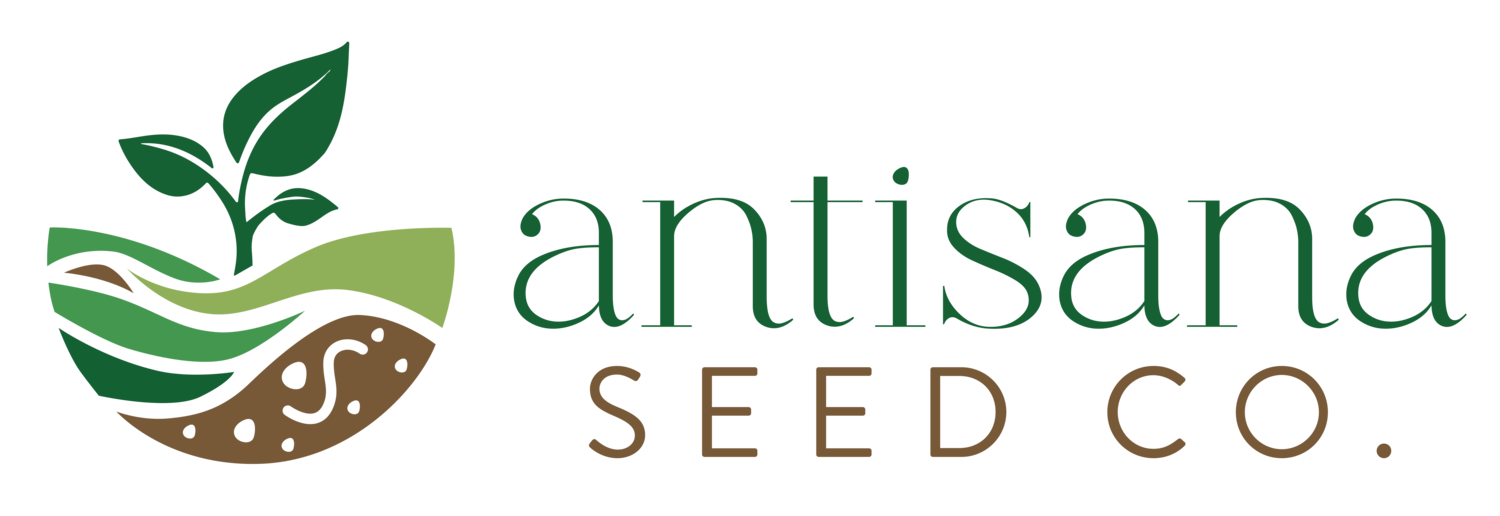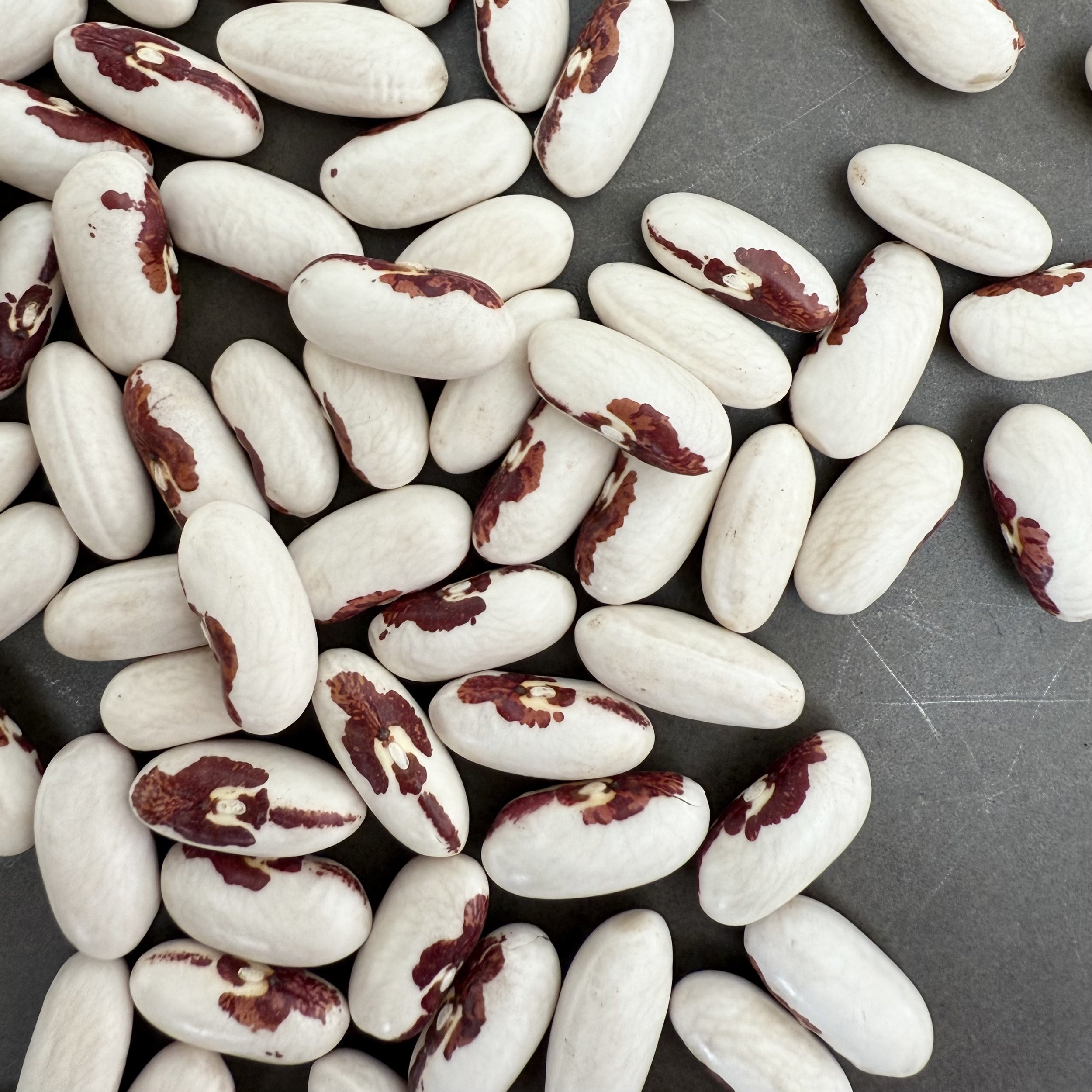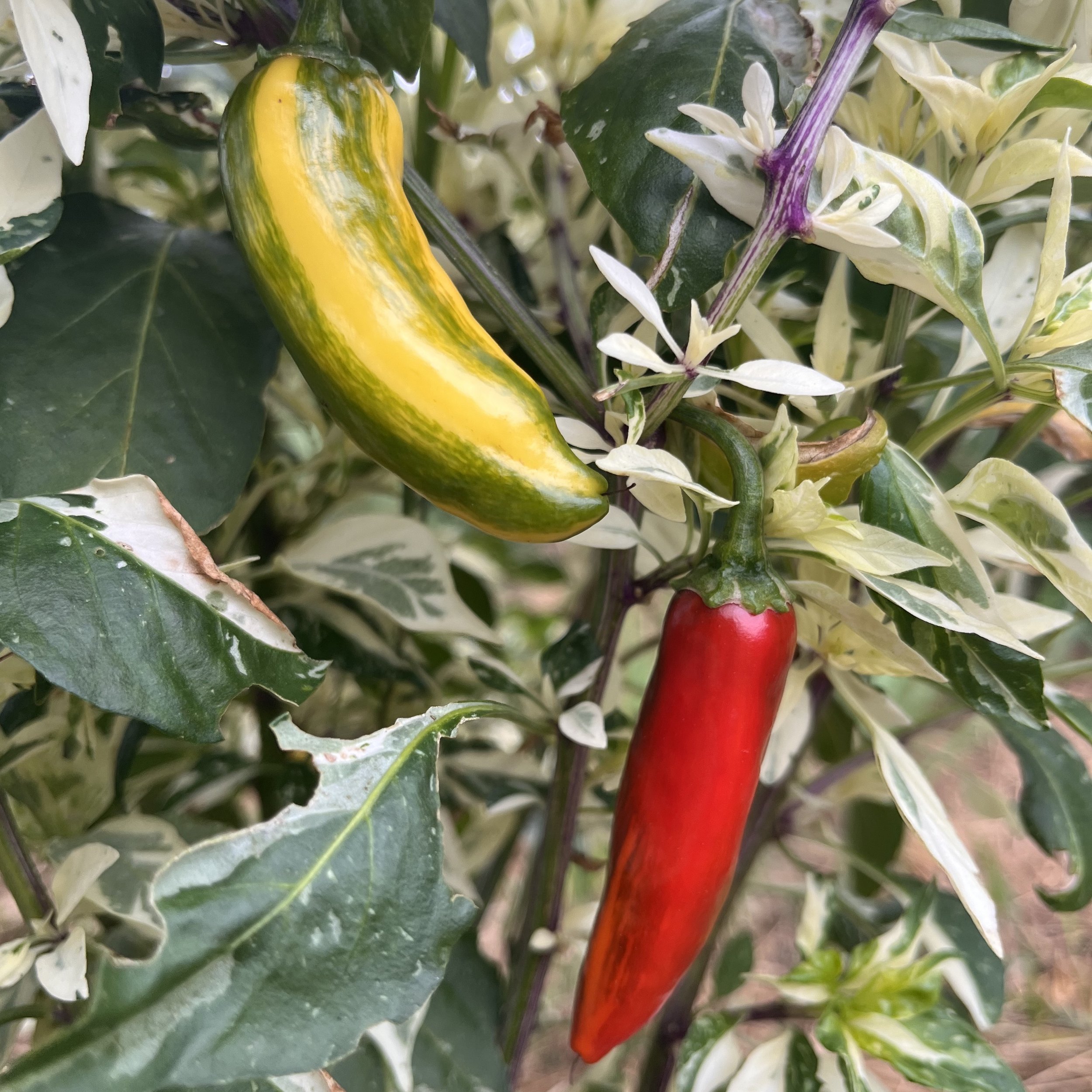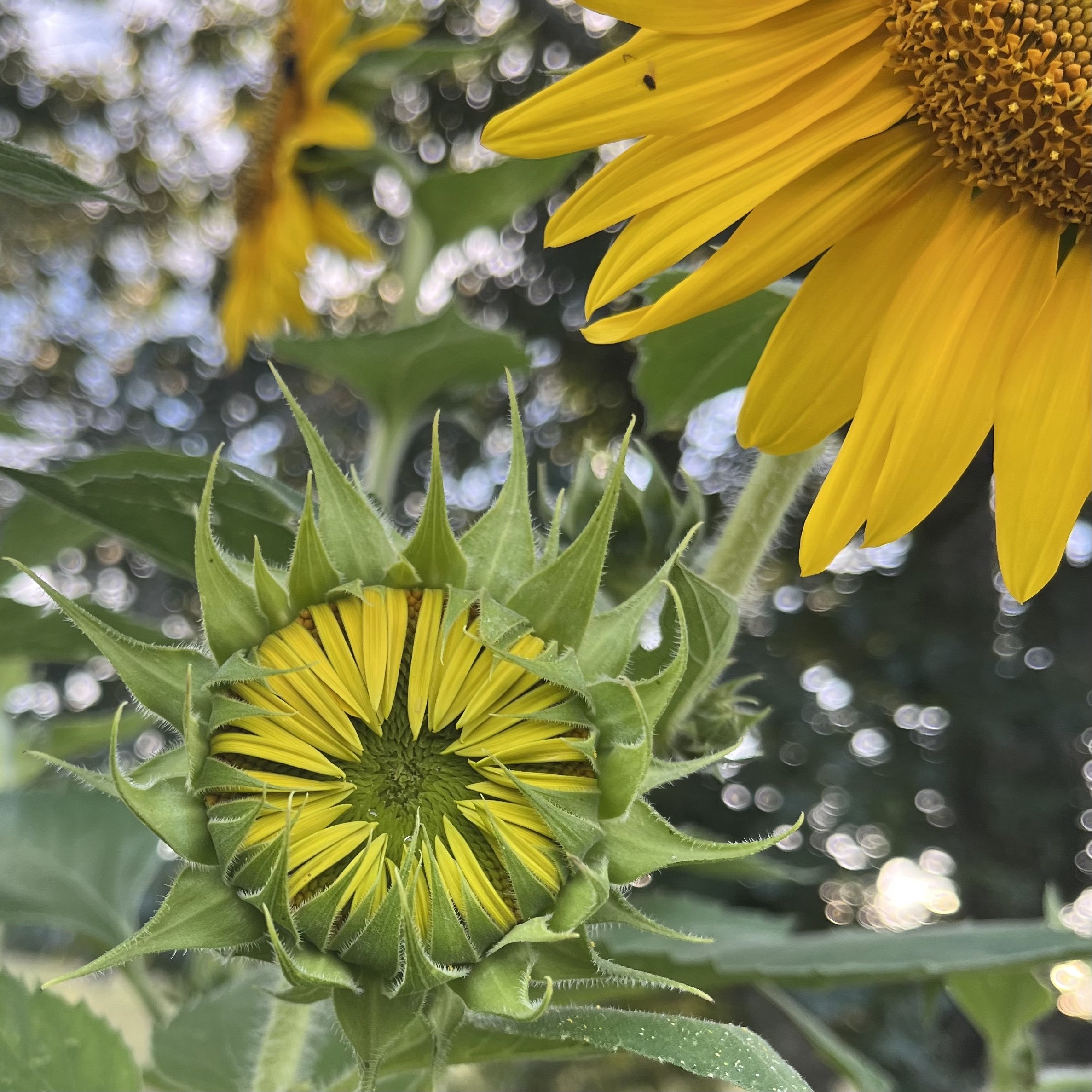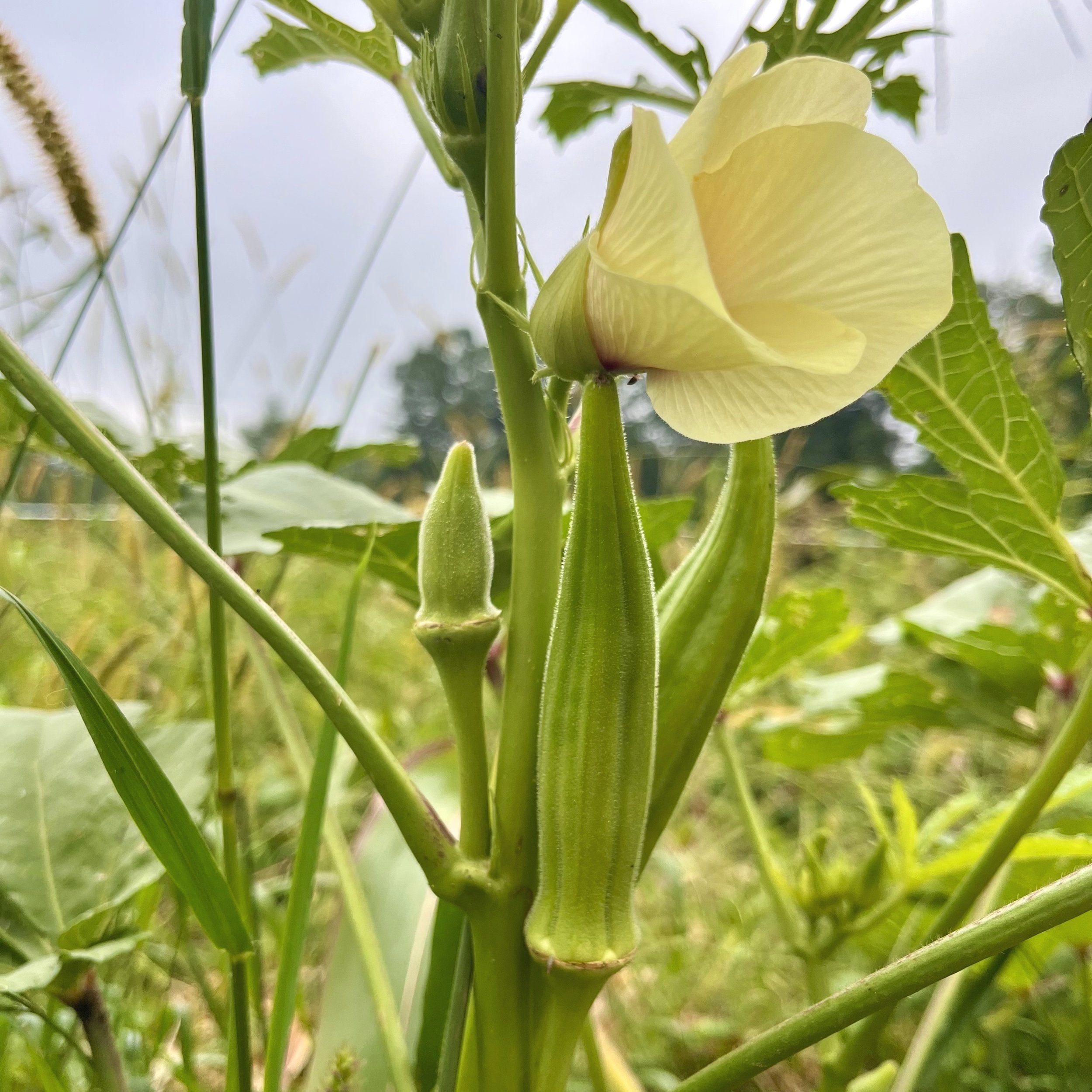 Image 1 of
Image 1 of


Flower, Alpha Calendula
Product Description: (Calendula officinalis) Alpha is among the most versatile varieties of calendula. Its 3-4 inch orange blossoms are sure to brighten up your home or garden and the petals can be used as a tangy edible garnish on cakes or salads. Its high resin content also makes Alpha an ideal variety for medicinal purposes. Tinctures and ointments made from the petals can be used to treat cuts, burns, and bruises. Dried petals can also be made into a natural orange dye for food and fabrics. Each plant grows to just over 2 feet tall in a bush-like habit with many blossoms. Open-pollinated. 75 seeds per packet.
Growing Information: After all danger of frost has passed, direct sow groups of 2-3 seeds about ¼ inch below the soil surface spaced roughly 1 foot apart. Once the seedlings reach a couple of inches in height, thin to just 1 plant per cluster. Successive plantings 1-2 weeks apart will ensure continuous blooming. To transplant, start seeds indoors 4 weeks before your last spring frost. 50 days to maturity.
How To Save Calendula Seeds
Before you begin collecting calendula seeds, you should first allow the blossoms to completely dry on the plant. When the spiky, claw-like seeds are brown and dry, brush them into an open container with your thumb and winnow off the chaff. If needed, continue drying the seeds before storage.
Product Description: (Calendula officinalis) Alpha is among the most versatile varieties of calendula. Its 3-4 inch orange blossoms are sure to brighten up your home or garden and the petals can be used as a tangy edible garnish on cakes or salads. Its high resin content also makes Alpha an ideal variety for medicinal purposes. Tinctures and ointments made from the petals can be used to treat cuts, burns, and bruises. Dried petals can also be made into a natural orange dye for food and fabrics. Each plant grows to just over 2 feet tall in a bush-like habit with many blossoms. Open-pollinated. 75 seeds per packet.
Growing Information: After all danger of frost has passed, direct sow groups of 2-3 seeds about ¼ inch below the soil surface spaced roughly 1 foot apart. Once the seedlings reach a couple of inches in height, thin to just 1 plant per cluster. Successive plantings 1-2 weeks apart will ensure continuous blooming. To transplant, start seeds indoors 4 weeks before your last spring frost. 50 days to maturity.
How To Save Calendula Seeds
Before you begin collecting calendula seeds, you should first allow the blossoms to completely dry on the plant. When the spiky, claw-like seeds are brown and dry, brush them into an open container with your thumb and winnow off the chaff. If needed, continue drying the seeds before storage.
Product Description: (Calendula officinalis) Alpha is among the most versatile varieties of calendula. Its 3-4 inch orange blossoms are sure to brighten up your home or garden and the petals can be used as a tangy edible garnish on cakes or salads. Its high resin content also makes Alpha an ideal variety for medicinal purposes. Tinctures and ointments made from the petals can be used to treat cuts, burns, and bruises. Dried petals can also be made into a natural orange dye for food and fabrics. Each plant grows to just over 2 feet tall in a bush-like habit with many blossoms. Open-pollinated. 75 seeds per packet.
Growing Information: After all danger of frost has passed, direct sow groups of 2-3 seeds about ¼ inch below the soil surface spaced roughly 1 foot apart. Once the seedlings reach a couple of inches in height, thin to just 1 plant per cluster. Successive plantings 1-2 weeks apart will ensure continuous blooming. To transplant, start seeds indoors 4 weeks before your last spring frost. 50 days to maturity.
How To Save Calendula Seeds
Before you begin collecting calendula seeds, you should first allow the blossoms to completely dry on the plant. When the spiky, claw-like seeds are brown and dry, brush them into an open container with your thumb and winnow off the chaff. If needed, continue drying the seeds before storage.
